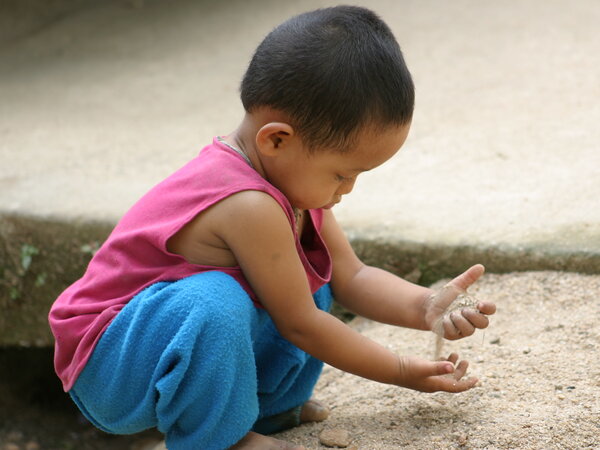At Risk of Plasmodium Knowlesi Malaria
The monkey parasite P. knowlesi can cause malaria in humans living in close proximity to macaque monkeys (particularly on the island of Borneo). P. knowlesi replicates every 24h, which can result in rapidly increasing parasite densities, severe disease and death in some cases, and have a threefold higher risk of developing severe malaria than P. falciparum. Early diagnosis and treatment are therefore essential.
Symptoms
The severe manifestations are similar to those of severe P. falciparum malaria with the exception of coma.
- Epidemiologically, criteria for severe P. knowlesi have lower parasitaemia cut-offs for hyperparasitaemia and jaundice than P. falciparum:
- Hyperparasitaemia: Parasite density >100 000/ll
- Jaundice and parasite density >20 000/ll
- Any patient with a P. knowlesi parasitaemia of >20 000/ll needs to be observed very carefully.
Diagnosis
As P. knowlesi and P. malariae are similar in the peripheral blood film, microscopy alone is insufficient to diagnose P. knowlesi. Polymerase chain reaction (PCR) is required to confirm P. knowlesi infection, but should not delay treatment. A high parasite density (> 0.5% parasitaemia) with P. malariae-like parasites should be treated for P. knowlesi infection.
For more information on the diagnosis severe malaria, visit the diagnosis page.
Treatment
All forms of severe malaria are recommended to follow the treatment guidelines.
Groups at risk
P. knowlesi malaria occurs mainly on the island of Borneo but has been reported in other South-East Asian countries. Local residents and travelers to or from this region are at risk for infection. It is transmitted mainly in forests and along forest fringes.
